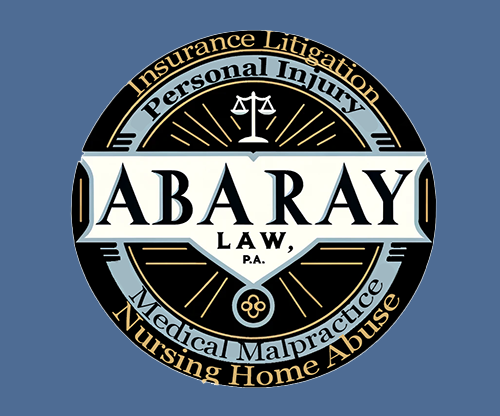Florida slip and fall accidents are very complex and often difficult to prove. A thorough understanding of the ever-changing and fact-specific laws regarding the various and numerous incidents that result in premises liability is essential to successful legal representation. In Florida, merely owning or occupying land does not make that person liable for injuries sustained on the property. There must be some form of negligence on the part of the owner or occupier of property before there can be any liability. In order to understand the duty owed by an owner or occupier of land, it is necessary to understand the difference between the owner of the property and the occupier of the property and their relative liability. Likewise, it is necessary to understand the three different types of people who may be on the property because the degree of responsibility owed by an owner or occupier varies according to the status of the person who is injured. These types are invitees, licensees, and trespassers. Thus, it is important you contact an attorney at Allen & Abaray, P.A. so we may begin your case immediately to determine who is responsible so that you obtain the compensation you deserve.
Some common types of Premises Liability cases include:
Swimming pool drownings
Elevator, escalator, and automatic door accidents
Slip & fall accidents in restaurants, stores or shopping malls
Tripping caused by electrical cords, unguarded openings, exposed pipes
Falling objects
Amusement park accidents
Accidents in parking lots, parking garages and ramps
Accidents in sports stadiums
Injuries due to inadequate security or safeguards
Sexual assault due to inadequate security
Cracked sidewalks
Broken steps or railings
Poorly lit passageways
Tree roots above ground in walking areas
Uneven floor surfaces
What If A Slip-And-Fall Accident Occurs?
If you are physically able to do so – or someone else can help you – immediately take the following steps:
- Record details of your injury – Write down everything you can observe about the conditions of the premises at the time of your accident. Take measurements and check functioning mechanisms such as stair steps and other features related to the injury.
- Photograph the premises– Include your approach to the exact accident or injury site, to indicate blind spots or hazards (if any).
- Save clothing worn at the time – Shoes in particular, but all items of clothing may bear evidence (i.e., traces of an oil slick left on your shoes). Shoe traction may also be a consideration in a court of law.
